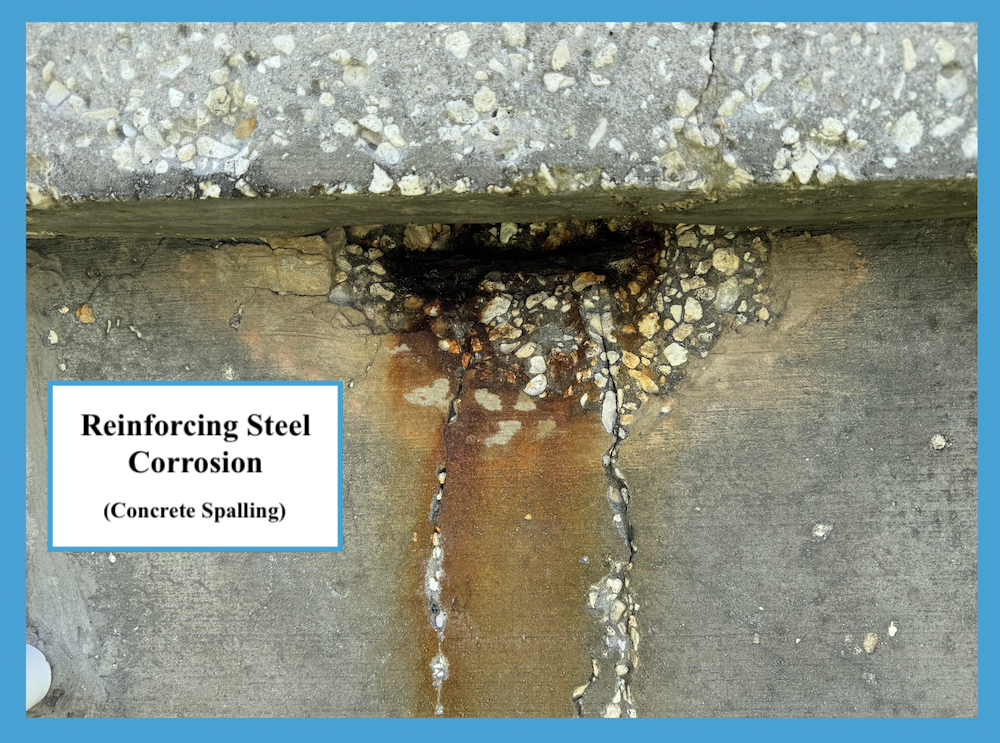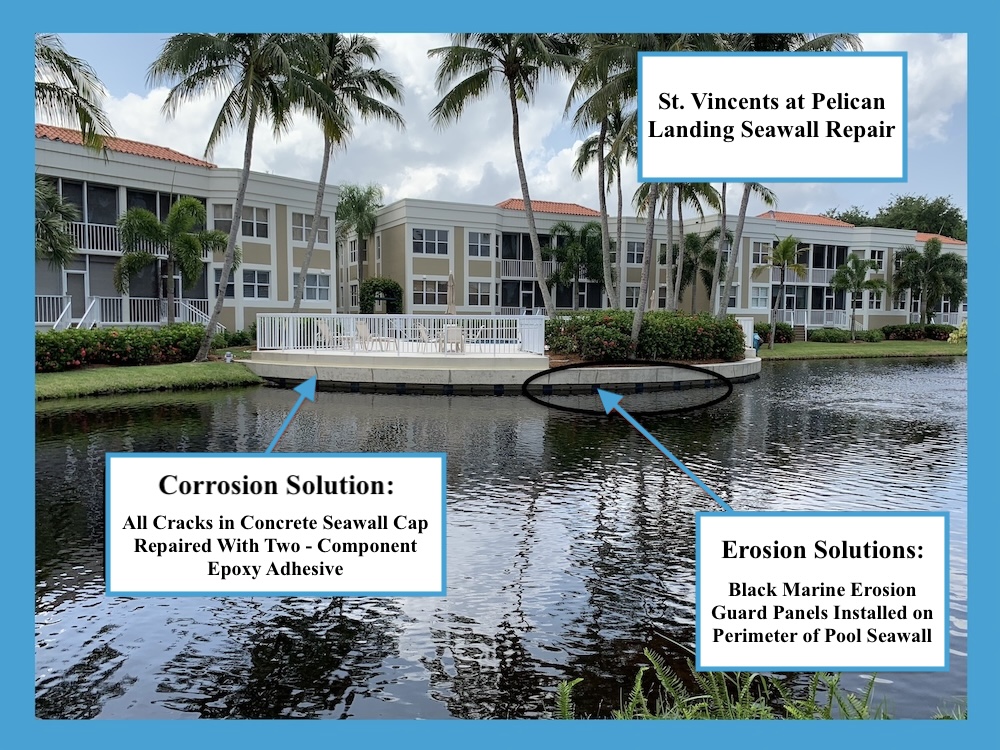Rust stains on seawalls can indicate serious corrosion issues. Prolonged exposure to saltwater can damage concrete and metal components. Act quickly to prevent further damage.
Rust stains on seawalls are a common yet critical issue that can signal underlying corrosion problems. Understanding and addressing these stains promptly is essential for maintaining the integrity of your seawall and protecting your property from potential damage. This guide will help you identify rust stains, understand their implications, and take appropriate action.
Visible rust stains on seawalls are often an early warning sign of corrosion. These stains may result from rusted reinforcing steel or other metal components that are exposed to saltwater. In some cases, the source of the rust is evident, such as cracks created by corrosion. Other times, rust may appear to seep through cracks in the seawall’s surface itself. If you cannot easily determine whether the rust is originating from a non-essential part of the seawall or if you’re unfamiliar with its maintenance history, it is advisable to consult a professional for a thorough inspection.

Rust stains on concrete components or vinyl sheet piles indicate potential corrosion issues. These stains are particularly concerning when they appear to seep through cracks in the seawall’s surface. The marine environment is notoriously harsh on metals like steel and iron. High salt levels in water and air can accelerate metal deterioration significantly. To prevent damage, it’s crucial to implement protective measures to safeguard your seawall from corrosion and rust.
A seawall serves as the primary defense between your property and open water, making its failure a potentially devastating event. The collapse of a seawall can lead to significant damage to your home, swimming pool, plumbing systems, driveway, sidewalks, gardens, and patios. While hurricanes and relentless wave action are well-known threats to seawalls, it’s important not to overlook less obvious factors such as corrosion and rusting. These factors can be just as destructive over time.
Tiebacks are essential for anchoring seawalls to your property. They help keep the seawall stable by connecting it to the underlying soil, preventing it from leaning or collapsing into the water. However, tiebacks can suffer from rust, corrosion, or become exposed due to erosion over time. Compromised tiebacks can severely impact the seawall’s stability and effectiveness, potentially leading to failure if not addressed promptly. Regular inspection and maintenance are crucial to ensure tiebacks remain in good condition and continue to provide effective protection.


The cap of a seawall, often made from reinforced concrete and steel, sits at the top of the structure and is crucial for overall stability. When inspecting the seawall’s cap, it’s important to examine both the top and the sides, particularly the side facing the water. Cracks or breaks in the cap can expose the underlying rebar, which compromises the seawall’s structural integrity. Timely repairs to the cap can prevent significant deterioration of the rebar, extending the seawall’s lifespan and reducing future repair costs.
Seawalls constructed before 1980, and many even earlier, typically utilized steel anchor rods for stability. Over time, these steel rods are prone to rust and corrosion due to constant moisture exposure and environmental conditions. As the steel deteriorates, its structural integrity weakens, affecting the seawall’s anchoring effectiveness. This gradual weakening can eventually lead to tieback rod failure and, consequently, seawall failure. Regular inspections and maintenance are essential to address corrosion issues early and maintain the seawall’s stability and protection.
Check out the following project in St. Vincents: Pelican Landing seawall repair. The main solutions we resolved were erosion and corrosion. To protect the seawall from erosion, marine erosion guard panels were installed around its perimeter. The corrosion solution used was a component epoxy adhesive.
Contact us to preserve the life of your seawall.


Questions about your seawall repair options? Contact our office today for a FREE estimate. We welcome the opportunity to review your seawall needs and earn your business!
(239) 284-6830